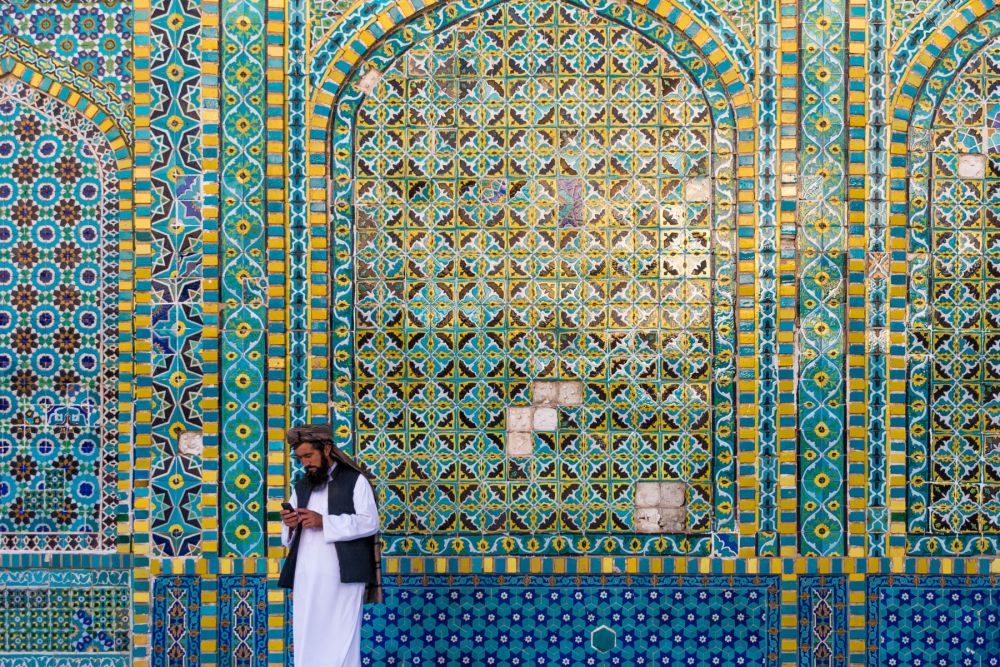

Known locally as the Shrine of Hazrat Ali, the Green Mosque in Mazar-i-Sharif stands as one of Afghanistan's most revered and beautiful Islamic shrines. The mosque's history intertwines with the city's foundation tales and the spread of Islam in this region.
The Green Mosque is claimed to be the resting place of the fourth caliph of Islam, Hazrat Ali, cousin and son-in-law of the Prophet Muhammad. Since its construction, the mosque has been a focal point of religious pilgrimage, attracting visitors from across the Islamic world. The stunning blue tiles that adorn the mosque's exterior give the city its name, Mazar-i-Sharif, which means "Tomb of the Exalted".
Over the centuries, the Green Mosque has seen various phases of prominence in the context of tourism. During more stable times in Afghanistan's history, the mosque attracted visitors and pilgrims from all over the Muslim world, keen to pay respects and marvel at its breathtaking architecture and spiritual significance. Tourism peaked during spring at the Afghan New Year – Nowruz, when the site hosted grand celebrations and large crowds.
The fluctuating political and social climate in Afghanistan, particularly the periods of conflict in the late 20th and early 21st centuries, heavily influenced the number of tourists visiting the Green Mosque. The instability has often deterred international tourists, with travel advisories frequently cautioning against travel to the region.
In the wake of ongoing security concerns, the tourism industry in Afghanistan, including visits to the Green Mosque, has remained limited. Nonetheless, there are periods of relative stability when the mosque sees a resurgence in local and regional visitation. These tourists come not only for its spiritual significance but also to appreciate the architectural grandeur of the shrine.
International and local efforts have been made towards the conservation of the Green Mosque to ensure it can be appreciated by future generations. Efforts to improve accessibility and infrastructure have been intermittent, but represent positive steps towards the potential revival of tourism in the area.
The beauty and spirituality of the Green Mosque continue to make it a potential cornerstone for tourism recovery in Mazar-i-Sharif and Afghanistan as a whole. The resilience of this historic site, despite the challenges, is a testament to its enduring significance and the possibility of sustainable tourism development in the future.
Due to ongoing conflict and security issues, potential travelers must thoroughly research and consider travel advisories from reliable sources before planning a visit to Mazar-i-Sharif and the Green Mosque. It is imperative for one's safety to be well-informed and cautious.